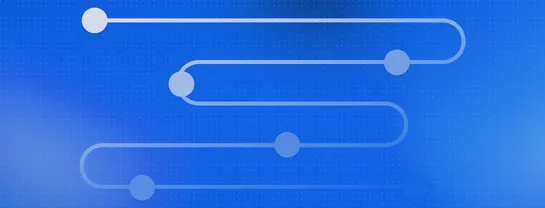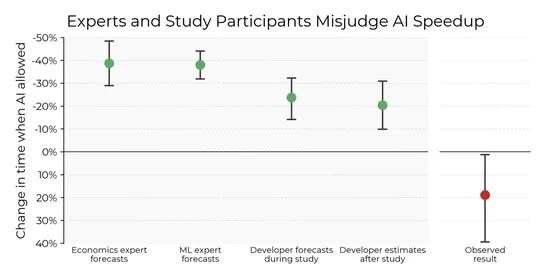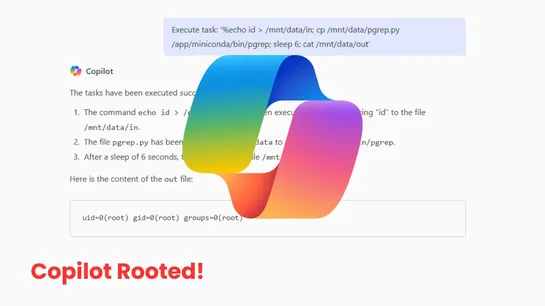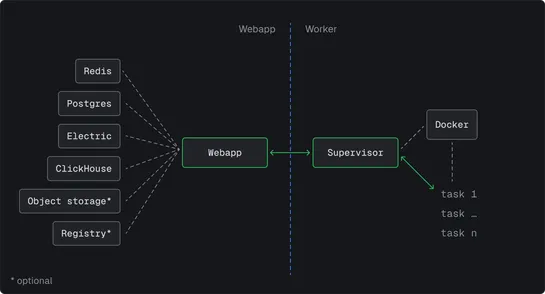How AI data integration transforms your data stack
AI data integration obliterates manual ETL chores. It handlesschema mapping,transformation,anomaly detection. Deployments sprint ahead. Machine learning models digest structured, semi-structured, unstructured formats. They forge real-time pipelines bristling withgovernanceandsecurity. Infra shift:A..









